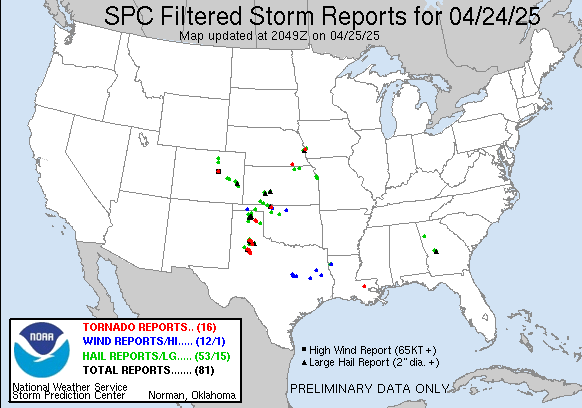 |
| Temperature map for 2:00 p.m. EST December 17, 2012 |
...interior Alaska, for one. The lower 48 has enjoyed a relatively balmy December so far, and many are probably wondering where the cold air has been. Yesterday the high in Fairbanks was -37°F after a morning low of -47°F with about 20 inches of snow on the ground. Temperatures in interior Alaska for the last couple days have ranged from lows of -50°F to highs of only -45°F!
So far this winter the cold air has been bottled up in Alaska, the Yukon and the Northwest Territories of Canada, and the entire lower 48 has experienced very mild December weather.
The reason for this is that the upper level wind patterns have been generally zonal this month, that is, the winds have been flowing west to east without many undulations north or south. The map below is the average 500 millibar pattern (about 18,000 to 20,000 feet high) for the first 16 days of December. The winds flow along the lines on the map.
 |
| Mean 500 mb heights for December 1-16 |
As you can see, in general the source of air for much of the U.S. has been the Pacific, not the Arctic, and thus the mild weather so far this month.
Will the cold break loose, and when? The medium range models have been hinting at a change in the next 10 to 14 days. There are indicating a ridge developing in the eastern Pacific and deep trough to develop over central Canada and the central U.S. Should that occur, the dam will finally break and the cold air now parked over Alaska and the Arctic will come spilling south. Here's a forecast 500 millibar map for New Year's Eve that shows the type of pattern that could mean very cold weather for the central and northern U.S. Note the nearly north to south lines over and est of the Canadian Rockies indicating northerly winds.
This forecast map for New Year's Eve
will change as we get closer to that date, so the usefulness of such a forecast now is that it hints at a change in the upper air pattern. It will be something to keep an eye over the next week or so. In the meantime, enjoy the mild December weather.























